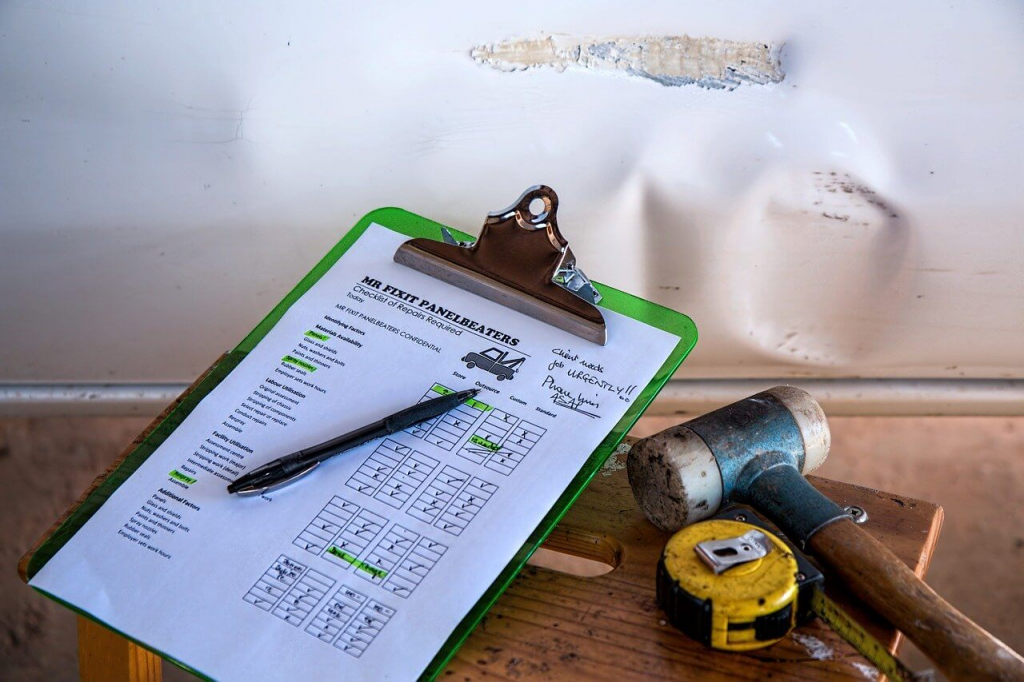When your tenant is about to end his lease and vacate your unit, it can be a stressful time for you as the landlord because it can get really ugly.
The move-out process often leads to the discovery of tenant-inflicted damages to your property, personal and legal conflicts with the tenant, and extended vacancy.
Minor damages are expected especially if the old tenant stayed for a long time. But when the damage would require major repair that will cost you money and time, it’s a completely different story.
When there are major damages, the tenant’s security deposit might not be enough to cover repair costs, it will take you longer before you can start marketing your vacancy, or if you have a tenant expecting to move in, the turnover will be delayed — which might encourage him or her to find a different place to rent.
There are things beyond control, and bad times happen. That’s just the reality of life. However, this doesn’t mean you can’t do anything to decrease the odds of a problematic move-out scenario.
Set your tenant’s expectations.
If the tenant has confirmed non-renewal of his lease, send him a reminder of his move-out 30 days prior.
Send the tenant a checklist of your move-out inspection as well as the move-in evaluation. Since you will use them as a basis for your assessment, he can conduct his inspection and address any issues that he doesn’t want to be deducted from his security deposit. Also a move-out cleaning list so that he can clean the unit accordingly.

This is also a good time to make him aware of your move-out procedures and what happens if there have been violations in the leasing contract during his tenancy.
Determine Charges and Discuss Legal Procedures.
After conducting a move-out inspection and you find damages beyond the common wear and tear, meet with your tenant about how much will be deducted from the security deposit. If there’s still a remaining amount, return it to your tenant within the timeframe allowed by your state’s tenancy laws.

Start from the move-in.
Preventing problems during move-out must start from the beginning. Before you conduct your move-in inspection, make sure you document everything by writing down the condition of the unit in detail. Take photographic proof. Let your tenant review and sign it.
By doing this, your tenant will not have the opportunity to question the accuracy of the move-in evaluation, especially when it will be used as a basis of comparison with the condition of the unit during the move-out period.
Also, make sure that it is clear on the leasing agreement on what is covered by the security deposit since this is a common cause of legal conflict.

Once you have mastered how to prevent major problems during a move-out, filling a vacancy will be easier for you because it would be faster to prepare your unit for a new tenancy.
Publish your listing on Padleads so that it can be syndicated to high-traffic rental websites. Once you receive offers, screen your applicants, and be ready to welcome your new tenant to a well-maintained unit.